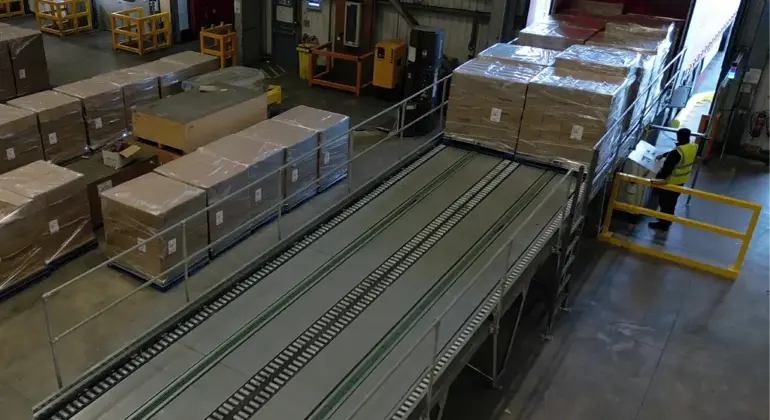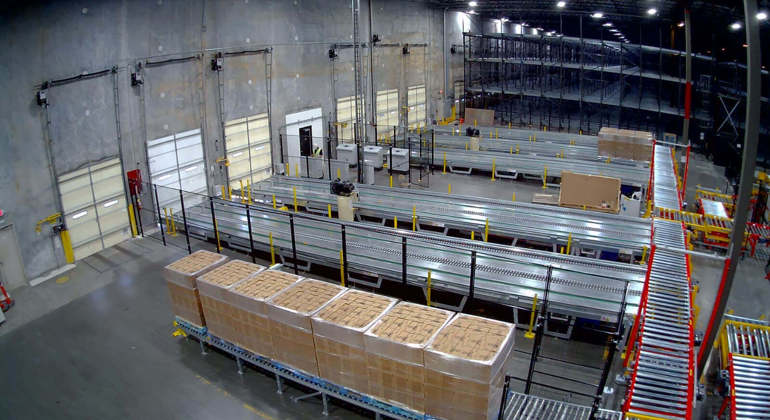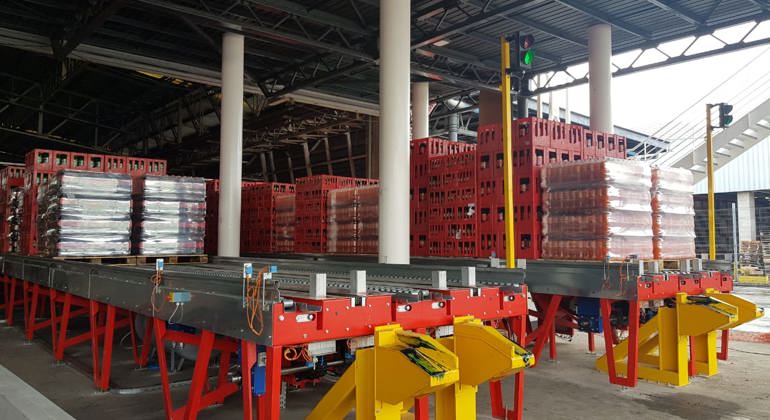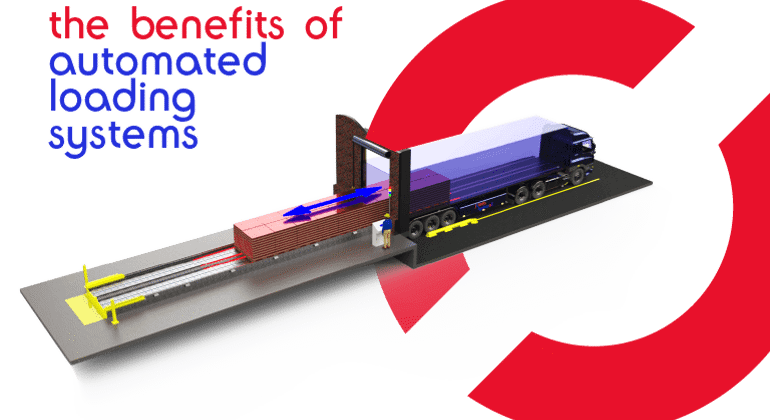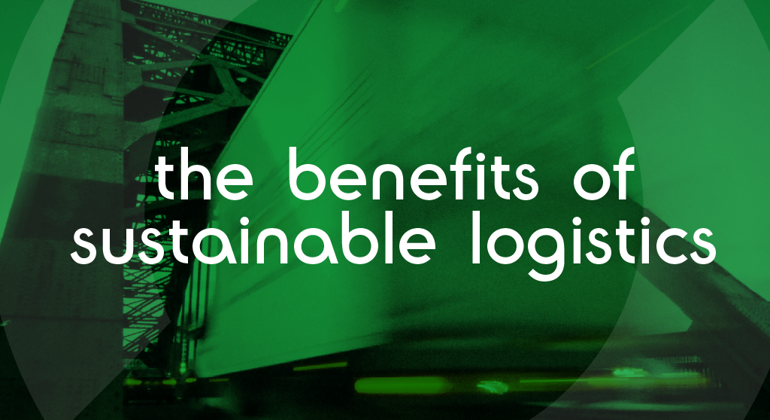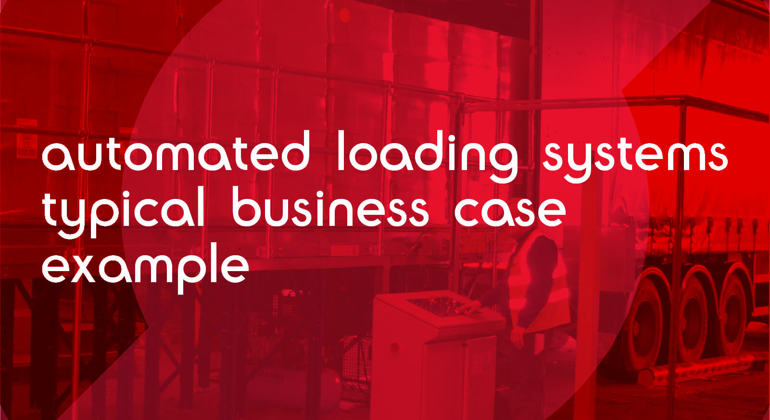Updated 11th November 2025
According to the UN Environment Programme (UNEP) - Emissions Gap Report 2025, the transport sector accounted for 15% of total global greenhouse gas (GHG) emissions. A current industry report from Hatmill, Transport Cost Management in 2025: Strategies for Haulage & Logistics Profitability, links the adoption of sustainable transportation practices with cost reduction and profitability. By utilising route optimisation, 10-15% of fuel savings can be achieved. Furthermore, the report highlights that by investing in electric vehicles, operational costs tied to fuel consumption will be lowered.
As a result of rising fuel prices and the corporate commitment to sustainability, the 'Green Logistics' market is expected to reach a value of US$1.85 trillion by 2029 (Green Logistics Global Market Report, 2025)
Below is a look at the issues of sustainable transportation, how we can make transport more sustainable, the impact of sustainable transportation on the economy and society, and the advantages sustainable transport can offer to reduce outdoor air pollution. We’ll also look at how our logistics solutions can help operators conduct their loading processes in a more sustainable way, be more energy-efficient, and slow down the impact of global warming.
Book a FREE Loading Assessment
Learn how to make your loading process more sustainable, safer and more efficient with a no-obligation assessment...
BOOK NOW











